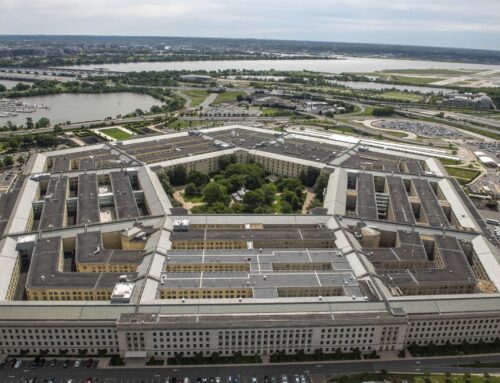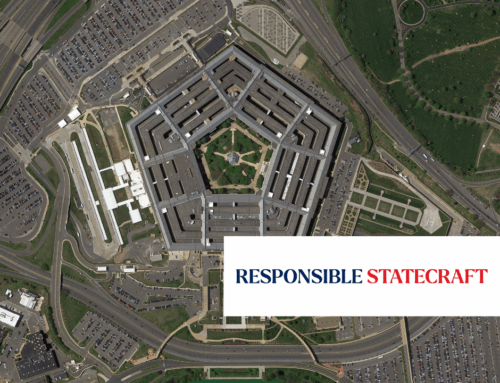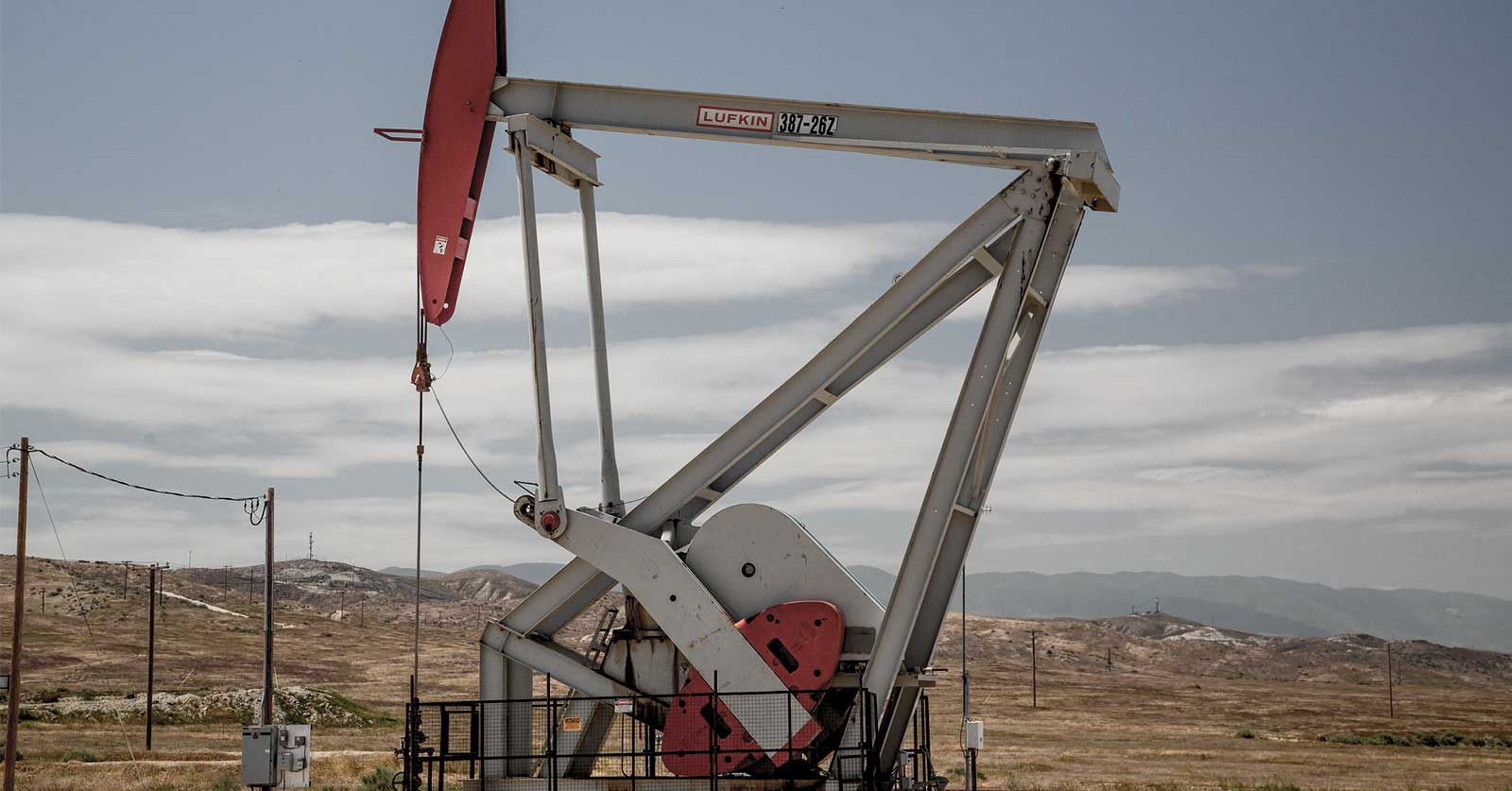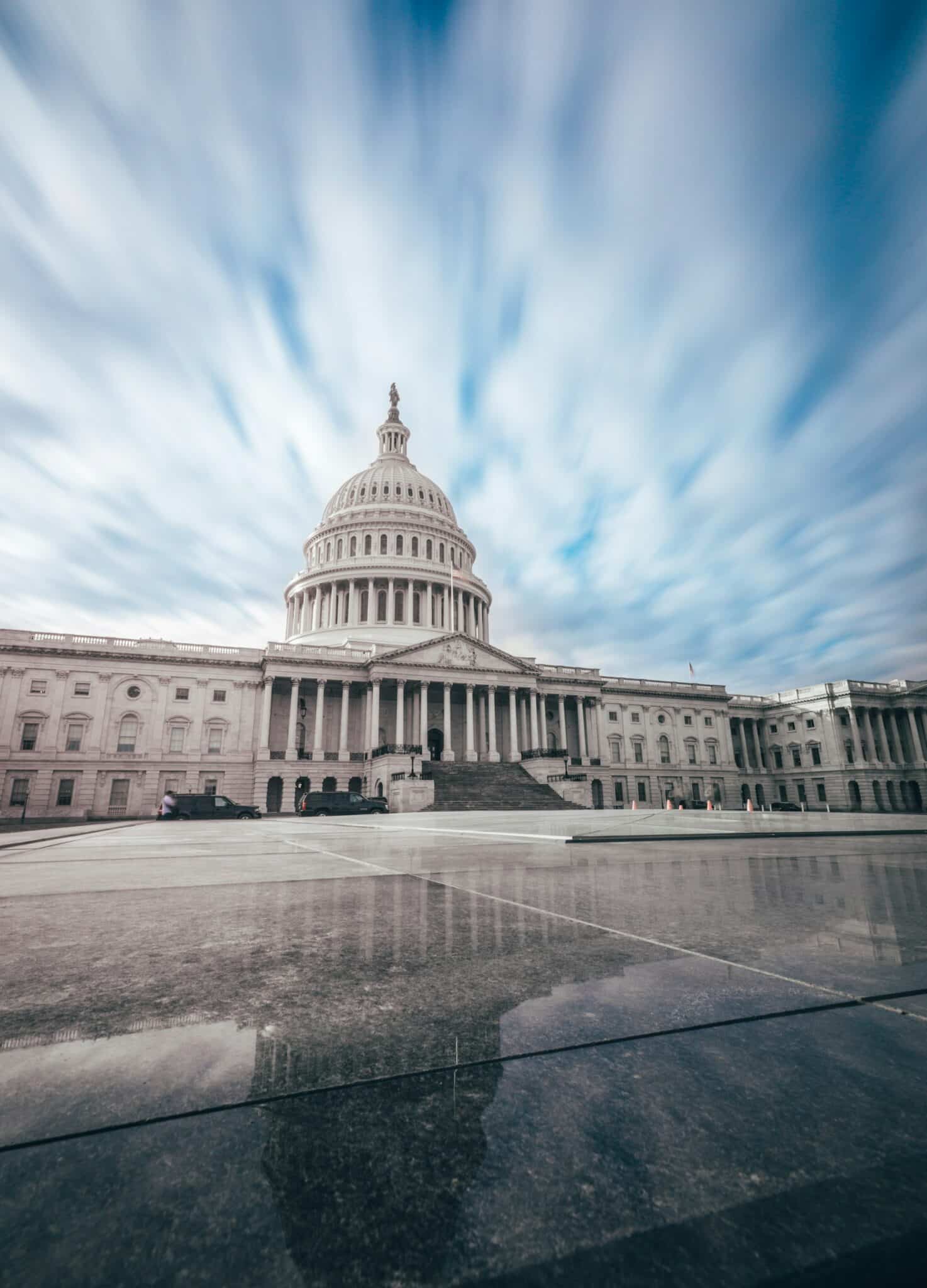No question in our mind – the President's budget that will be introduced next month will be stuffed with losers and lean on winners. With the deficit swelling, the President and Congress both know that their choice is between tightening our belts now or leaving our children to swim in an ocean of red ink.
One agency that will escape the budget chopping block will be the Department of Homeland Security (DHS). The 22 agency, 180,000 person department spends about $32 billion a year and is generally considered politically untouchable. However, because of the agency's critical mission, there is an urgent need to question the ways in which DHS money is being spent.
Should firefighters in Alaska get the same equipment as those in New York? Should the federal government try to equally protect 7,500 miles of border and 95,000 miles of coastline? With the federal government unable to finance every perceived anti-terrorism need, the experts say it is time for better prioritization.
As an example, Alaska apparently has $2 million in homeland security funds it doesn't know how to spend. When the state proposed buying a jet with the money, the Department of Homeland Security said no, but rather than rescind the dough, they gave Alaska a mulligan and told them to come up with another option.
Congress is treating homeland security in general, and getting funds to the most vulnerable cities in particular, as just another pork-barrel transportation bill. That's why Alaska got three times the amount per resident than New York did – clearly a problem, unless the general consensus is that Anchorage is at higher risk for terror attacks than New York.
Pennsylvania got a paltry $5.50 per capita in federal counterterrorism funding in 2003. By comparison, Wyoming got $35.03, thanks to rural-state members in Congress, who have blocked attempts to come up with a more reasonable formula for spreading security dollars around.
In addition to the distribution inequity, many states are spending their funds on frivolous items. In Virginia, a small volunteer fire department spent $350,000 on a custom-made fire boat. The Northern Marianas Islands, an archipelago of 69,000 people situated 3,000 miles west of Hawaii, has received $11.2 million in federal homeland security grants since June 2002. Warren County, Michigan spent $6,700 on traffic cones, signs, and barricades.
Clearly, homeland security spending needs more scrutiny. The 9/11 commission recognized as much, noting in their report that, “Homeland security assistance should be based strictly on an assessment of risks and vulnerabilities… Congress should not use this money as a pork barrel.”
Congress tried to fix the problem with its Urban Area Security Initiative, which identified seven cities deemed most vulnerable to terrorism. Unfortunately, the list grew to 51 cities, thanks to a Congressional penchant for pork, and the grease was spread to everyone rather than the priority regions where the threat of terrorism is most urgent.
And that effort didn't get to the root of problem: a homeland security funding structure that guarantees a minimum dollar amount to every state, regardless of risk. That locks up 40 percent of state homeland security dollars.
Congress needs to recognize that security needs aren't equal across the nation. Each state doesn't face the same risks, so they shouldn't get equivalent funding. Congress is notorious for bringing home the bacon, but if we waste precious homeland defense dollars, we all may fry.










